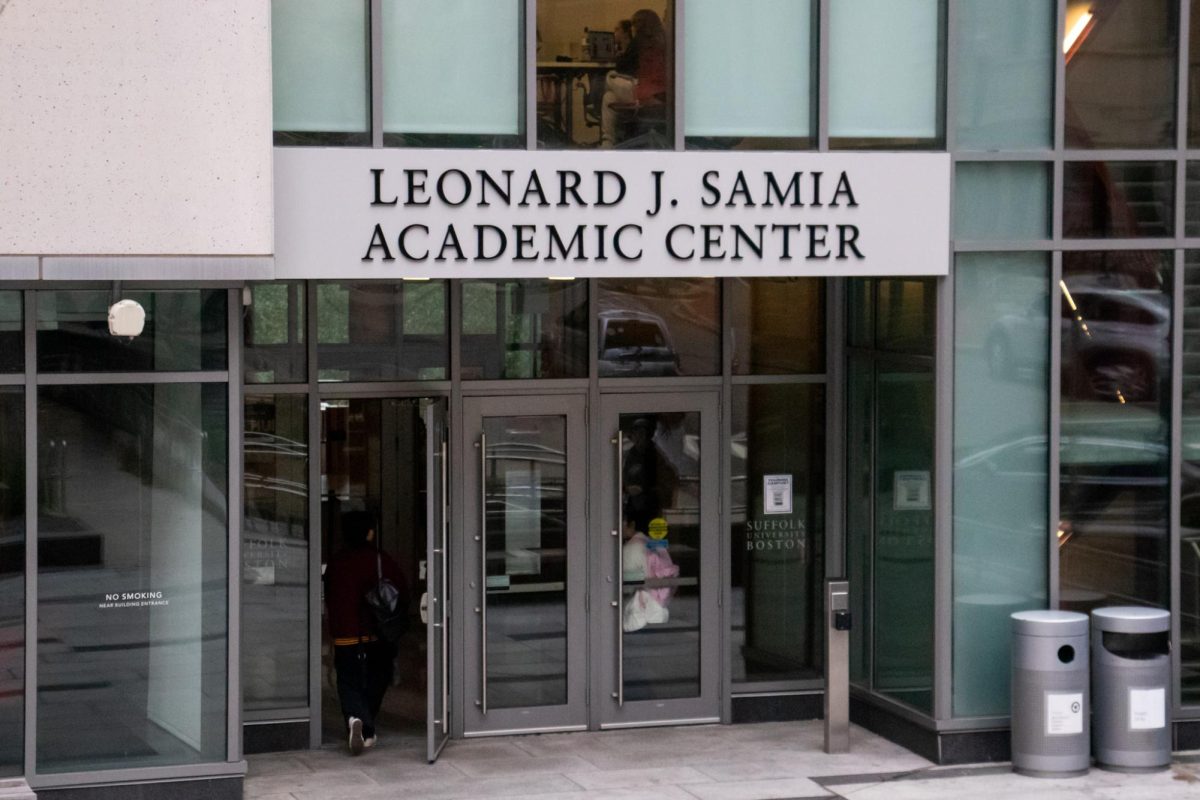This article could be triggering to those who do not believe in the use of trigger warnings.
A trigger warning is a brief statement before a piece of writing or a video that alerts a reader or viewer of potentially distressing material. They were originally created for online content to protect people suffering from mental illnesses from content that could potentially contribute to their suffering, in other words “triggering them.” They are potentially life saving as they allow people to make a decision about whether or not a certain piece of content is safe for them to handle.
Some argue that trigger warnings are a way to avoid disagreement and debate, or those they pose a threat to free speech. However, many people who argue against the use of trigger warnings simply do not understand the value of their use. Trigger warnings have the power to not only help students in classrooms, but could potentially save lives.
The University of Chicago is just one example of the misunderstanding of trigger warnings. The university sent a welcome letter home to students that contained an alarming message for some. The letter explained that the University of Chicago does not support trigger warnings.
The letter also said, “[The University] does not condone the creation of intellectual ‘safe spaces’ where individuals can retreat from ideas and perspectives at odds with their own.”
In contrast, the purpose of trigger warnings is not to hide from ideas that their views don’t agree with, and this is a common misconception among people who do not fully understand their purpose. If a student has experienced a trauma that when exposed to without warning, could potentially experience a panic attack, then they are not hiding from disagreement, they are protecting their emotional wellbeing.
Trigger warnings can sometimes be difficult to understand by those who don’t need them, simply because they weren’t created for them. It seems to be difficult to understand how someone could be so deeply affected by something so insignificant to everyone else.
Trigger warnings are not for “people that are too sensitive.” Trigger warnings are for those who have experienced a trauma. For example, one in five women, and one in sixteen men experience sexual assault in college. Trigger warnings before content about rape can be even more necessary than most people realize. With statistics that high, there is a significant chance that at least one person in a classroom could be triggered.
As someone that has experienced the use of trigger warnings personally, I can attest to how important they are. During my senior year of high school, my psychology teacher passed away due to a brain tumor. It was a traumatic event for our class, as well as the whole school. This was one of the most popular teachers in the school and everybody loved him.
In the weeks that followed, our psychology course had to continue and needed to cover material in preparation for the advanced placement exam. Several times throughout the weeks that followed, the replacement teacher would warn us if the content we were going to be covering in that day’s lesson would contain content about brain cancer. This was to help us in our grieving processes and to protect us from material that could potentially trigger emotional responses during class.
Many of my fellow classmates would quietly excuse themselves and would return at the end of class to discuss with the teacher ways in which they could receive necessary information without having to face it in the classroom setting. These warnings helped out a vast number of my fellow peers who struggled with the grieving process. We each were able to take our time and deal with the loss of our beloved teacher, without having to face it in the class curriculum.
Students are not using trigger warnings to get out of class. They are using them to protect themselves from material that could be potentially harmful to them, whether it be emotional distress or worse, inspiration to hurt themselves outside of the classroom. If the concern is that a student is going to miss out on material from that day, there are plenty of solutions.
If the student is comfortable, they can speak with their professor after class and find alternative materials. If not, counselors or other trained adults can accompany the student while they cover the difficult content. This is a better alternative than forcing students to confront this material on their own, especially if they aren’t equipped with the skills to deal with it suddenly.
Although, we could always do away with any material that is graphic or could possibly trigger someone. Although, if we do that, aren’t we jeopardizing everyone else’s education for those who may have an issue with it?
Rather than take away all of that quality content, there is a much easier solution: trigger warnings. These one sentence notices can keep college curriculum the same while also keeping students safe who have experienced trauma.








